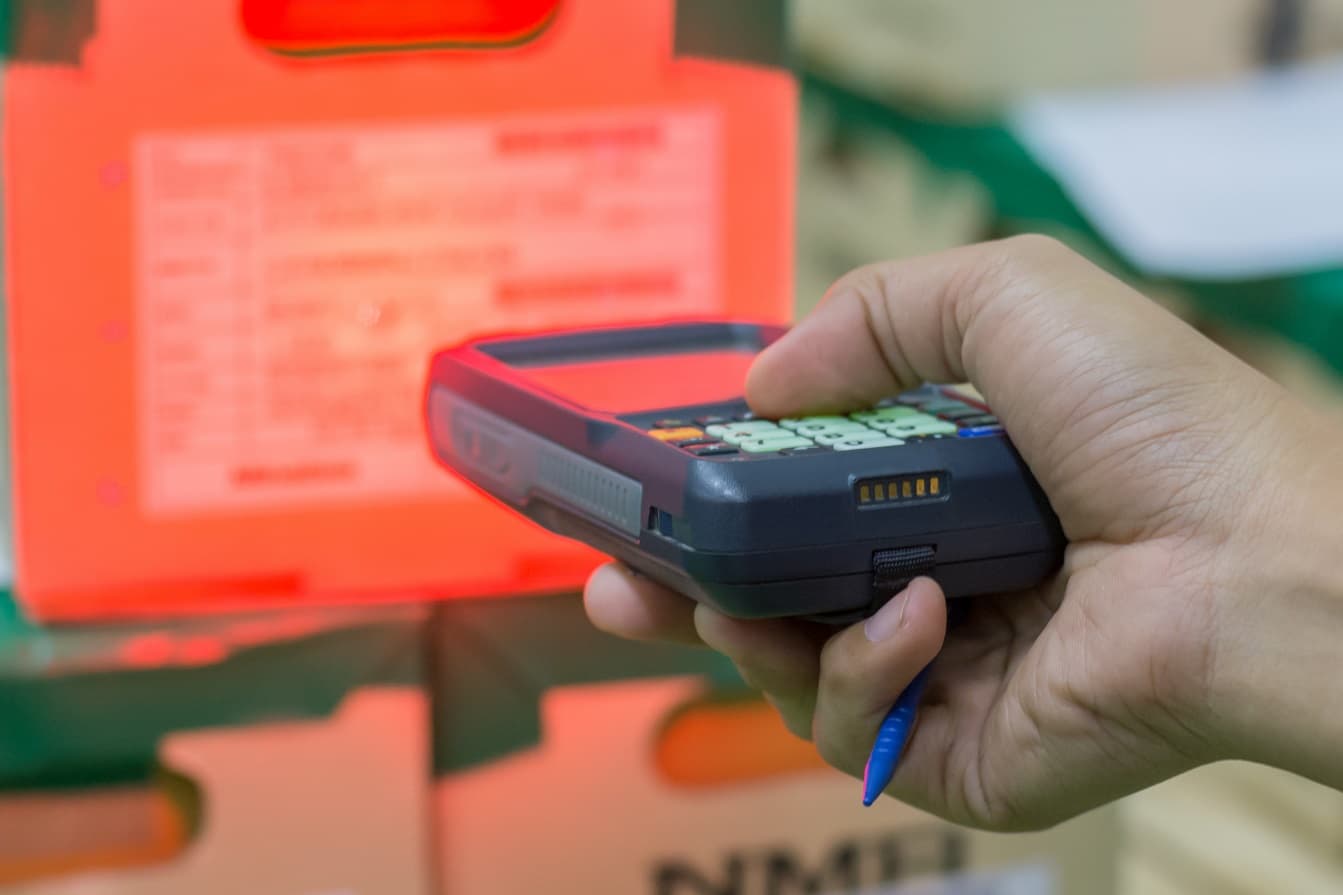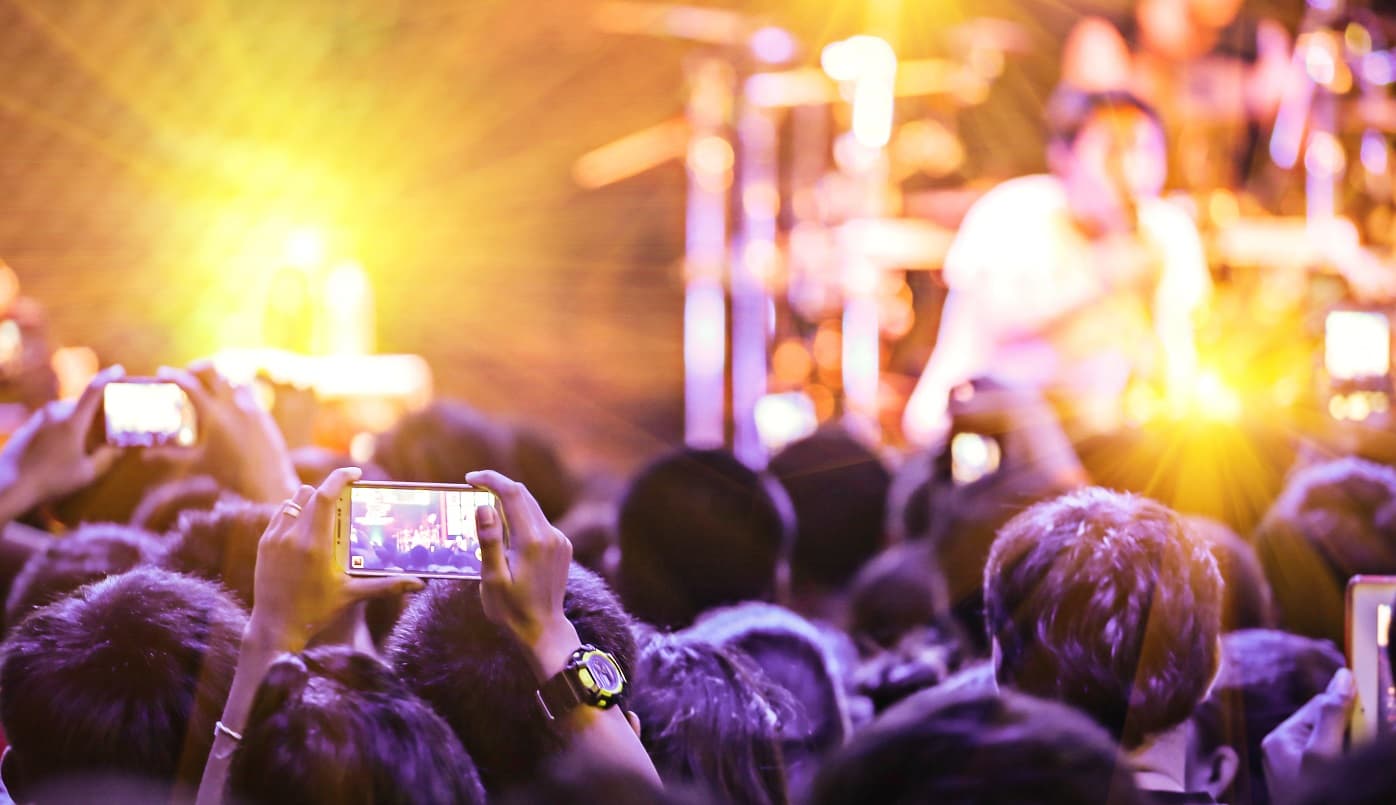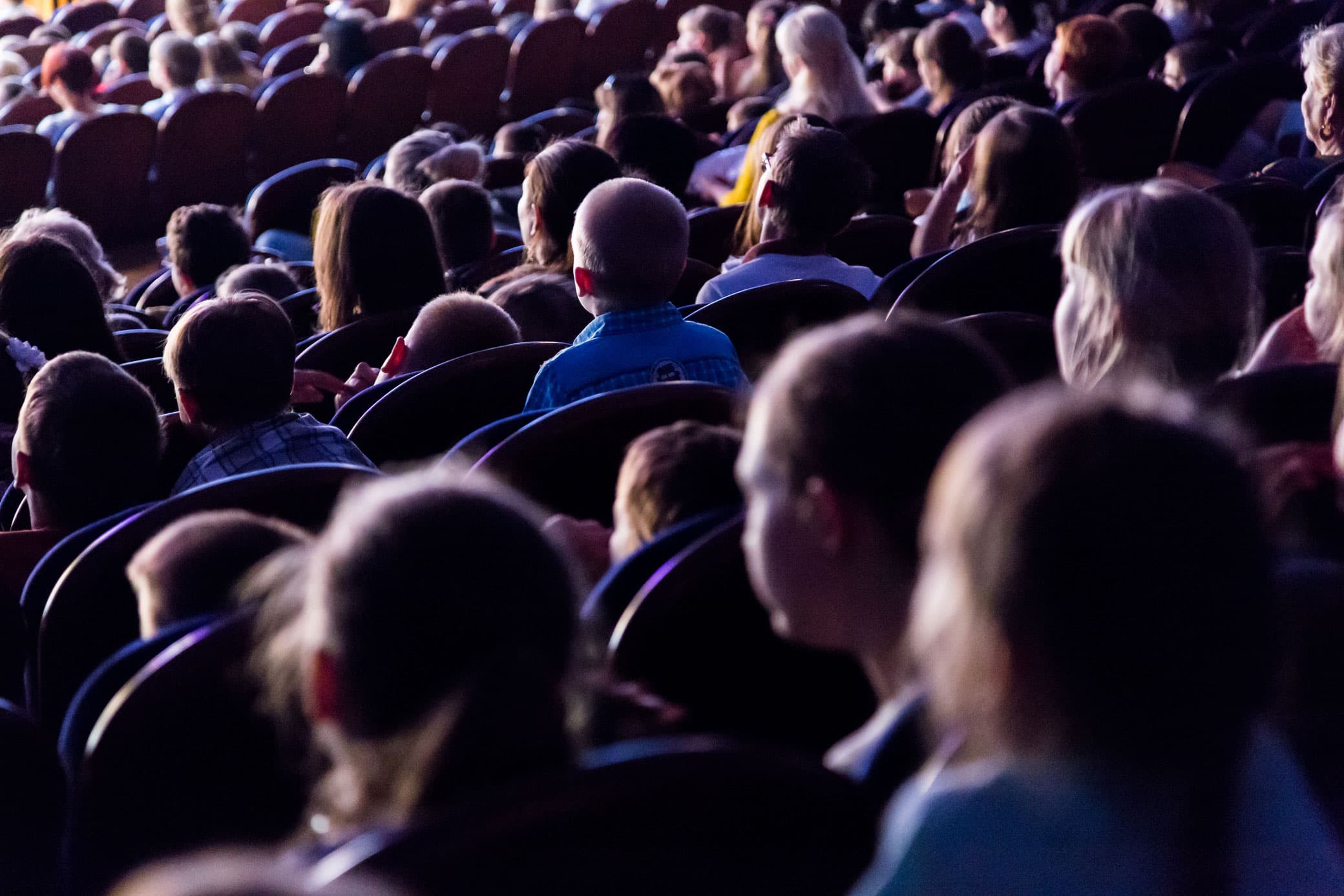Estimated reading time: 4 minutes, 2 seconds.
Live events are having a rough time right now, no question. While there are other channels for patrons to get their fix of the live experience, such as live streaming, video on demand, and social media platforms, nothing is ever going to replace the real thing.
With attitudes toward the pandemic approaching cautious acceptance and understanding of what is now “normal,” ticketing organizations are starting to think about how to make live events a reality again. Live Nation recently published the results of surveys indicating that an appetite for live events still exists. These global surveys showed that 91% of respondents were interested in attending a live event post pandemic, even in countries like Italy and China that were particularly hard hit by the virus.1
So how can we ensure the show goes on?
A Potential Path to Reopening
One idea that’s caused a lot of buzz is checkerboard seating. It’s arguable that applying social distancing within a venue’s floor plan can be the linchpin to an effective venue reopening plan.
By understanding capacity, organizers can then have an idea of what foot traffic might look like, how to stagger concession lines, bathroom lines, entrances and exits, among the numerous other considerations they may need to take into account.
While checkerboard seating is a meritable solution, it’s not the only one, nor will it work for every situation. With our nearly 20 years of experience in the ticketing industry, we’re racking our brains as to how technology can provide a solution for all of the other problems that arise from the idea that large gatherings have to abide by new restrictions.
10 Considerations for Reopening Venues
Here are 10 areas that Softjourn is thinking about when it comes to reopening venues and offering live events. These considerations are stated in a general way, but should be considered from both a patron viewpoint and an employee viewpoint, in an effort to keep all involved safe.
Parking: For venues with garages or parking areas, will vehicles need to be parked in every other space to meet social distancing guidelines?
Payment: Will you accept cash from those wanting to purchase tickets onsite? And if so, what procedures will you need to put in place to safely do so? In some locations, accepting cash is required by law, so understanding how to do so safely is important.
Entry: How will access control work, from both a patron viewpoint and an employee viewpoint? Is thermal detection a necessity, and how should it be implemented? How will ticket scanning be handled? Are timed entrances a helpful solution, or does that impact loading time too much?
Bag/coat check: Is bag check/coat check a viable consideration? Is there a way to revamp it to account for distancing measures? Even with the option of thermal scanning, some are already considering bag checks a thing of the past.
Queues: How do you apply social distancing not just within access control, but also concessions, bathrooms, and other areas within a venue?
Concessions: What concessions should be offered? Do you limit the number of alcoholic beverages per person more than usual, and how do you keep track of how many each have had? Do you offer pick up or seat delivery of food and drink orders?
Seating Levels: How do venues with different levels of seating account for social distancing? If, for example, balconies extend over orchestra seats, how do you ensure the safety of those on the floor or other areas?
Policies & Regulations: How will Americans with Disability Act policies be applied with regard to local social distancing regulations or guidelines?
Cleanliness: How will cleanliness standards be made a reality, and kept consistent? Venues may need to change their internal infrastructure to support more rigorous standards, both in common areas as well as bathrooms.
Exit: Will staggered exits become a thing? How do we ensure the safety and socially distanced exit of those who wish to leave the venue quickly?
Ready to Develop a Plan?
The answers to all of these will vary depending on the event, venue, and resources available. Now is the time to start thinking about solutions, since the majority of events are delayed until 2021.
If you’re interested in discussing these questions, their potential answers, and the tech that can make them happen in greater detail, our doors are always (remotely) open!
Softjourn is a global technology services provider focused on working with ticketing services. After almost 20 years, we have a unique understanding about the kind of ticketing solutions that clients want. With us, they don’t waste time explaining a box office app, why offline mode is important, or how patrons work. Because of our experience, we can get up to speed quicker and our client’s new ticketing service functionality gets to market faster.
We become a trusted partner by proactively collaborating on all design, build out, and deployment. Contact us to give life to your ideas!
1Live Nation Fan Study Reveals Confidence For Return Of Events. (2020, May 08).











